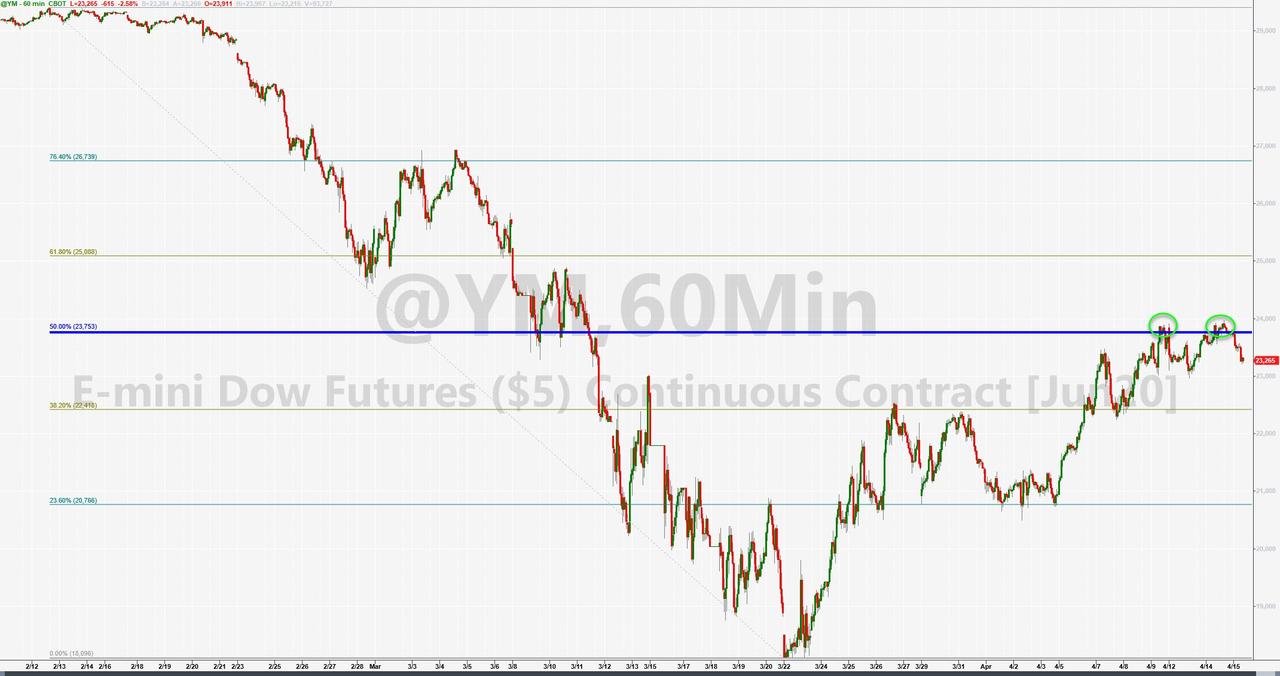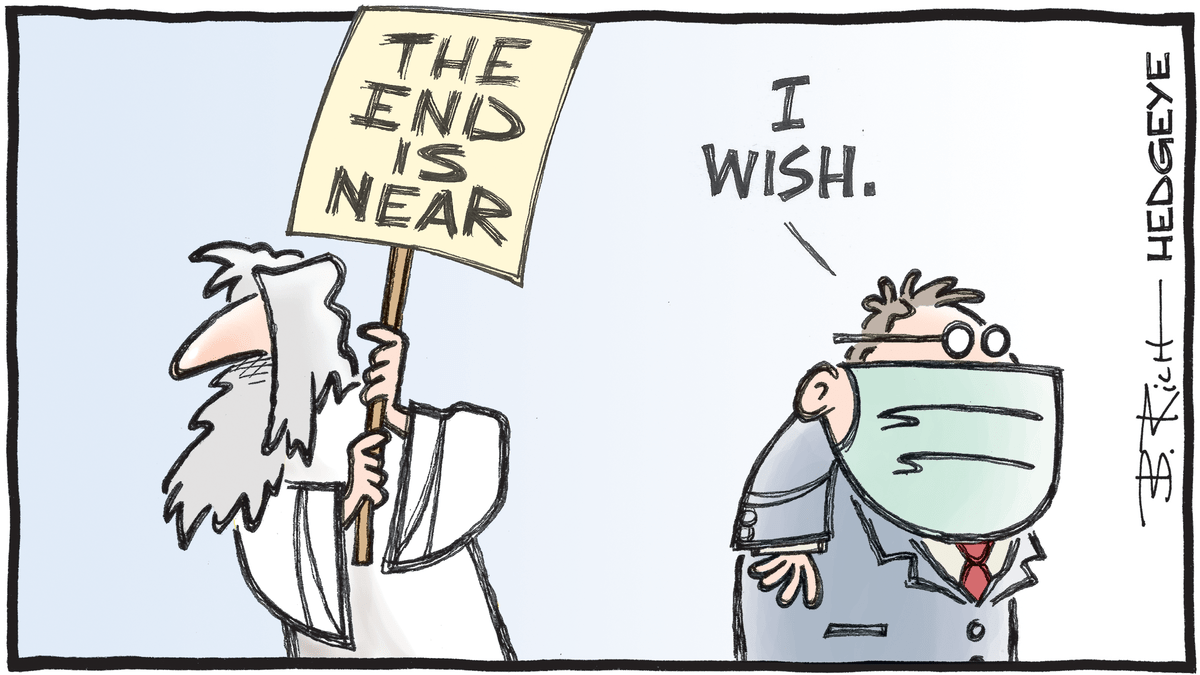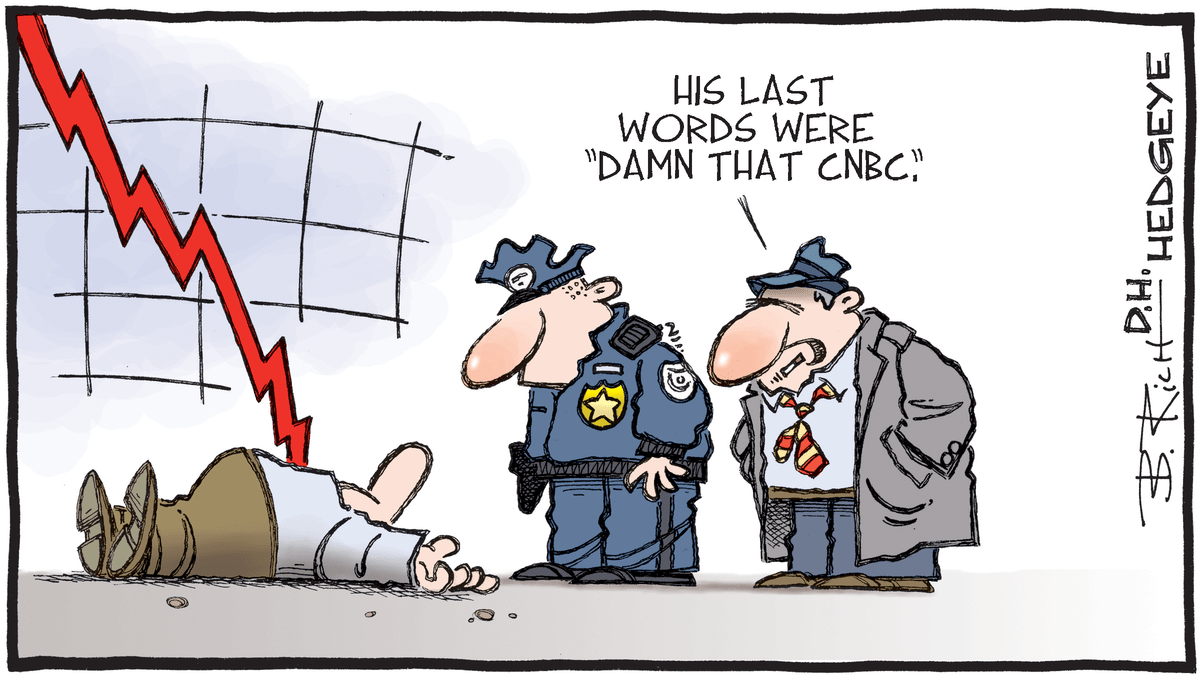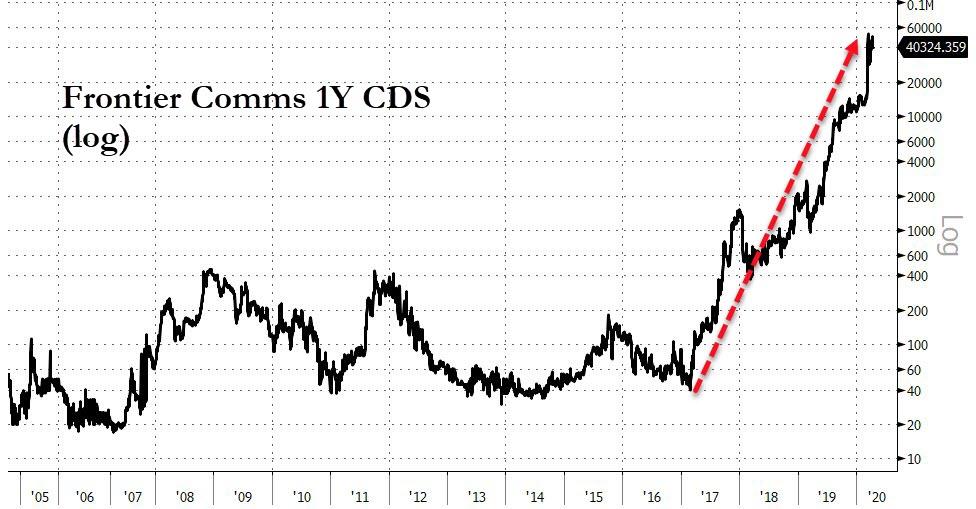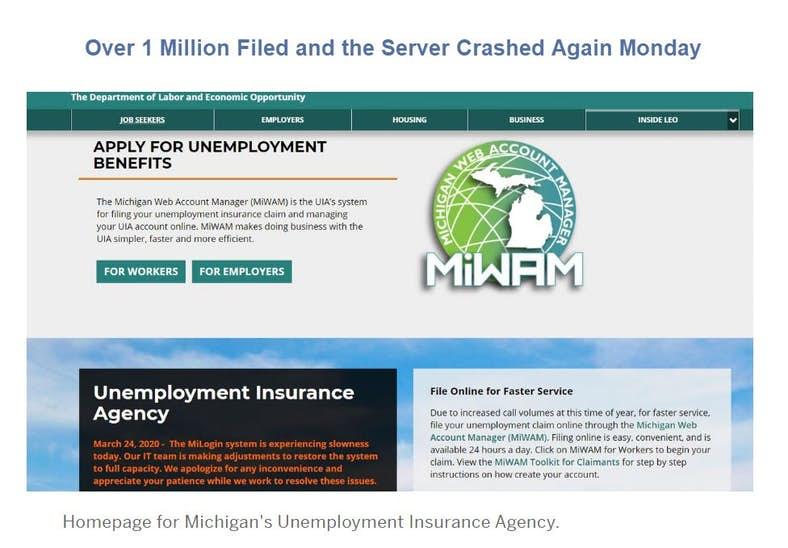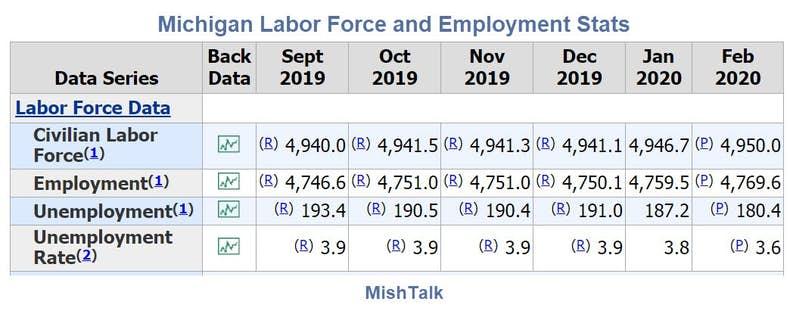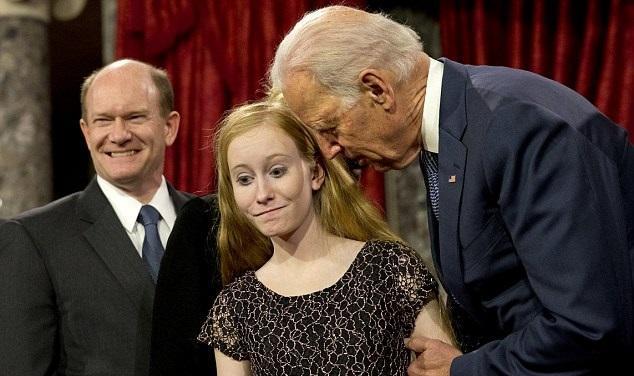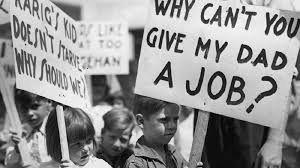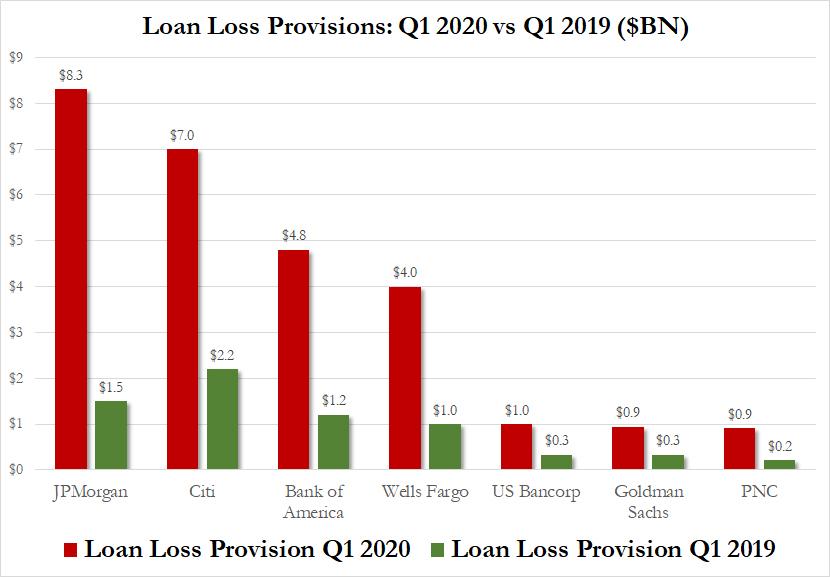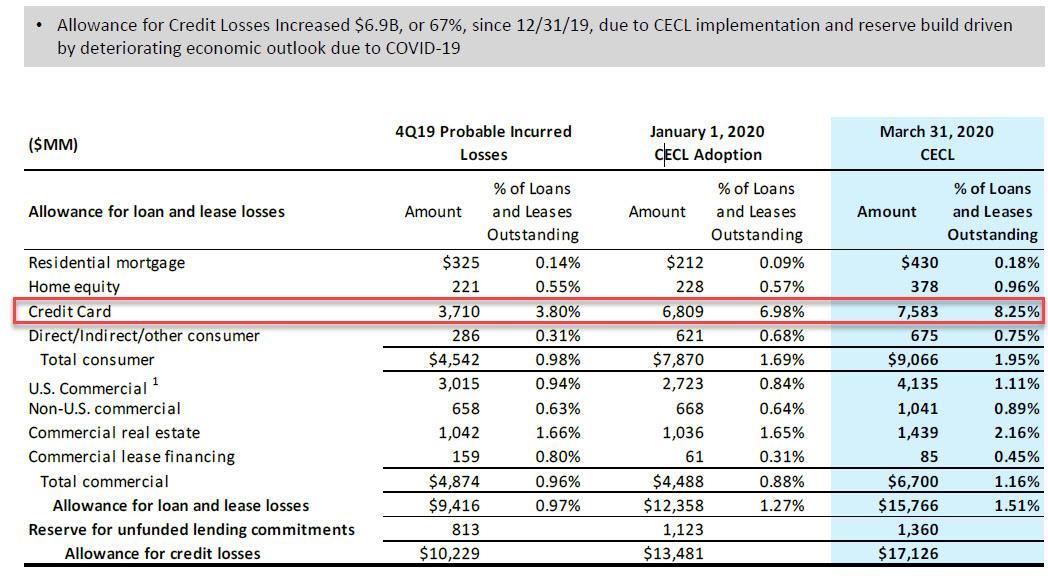The Supreme Court imposes a byzantine policy for submitting printed briefs. Rule 33.1. provides that almost all submissions must be printed on in a “6⅛- by 9¼-inch booklet. And not just any paper will do. The Court requires “opaque, unglazed, and not less than 60 pounds in weight.” And the documents must use “saddle stitch or perfect binding.” Plus “[e]very booklet-format document shall have a suitable cover consisting of 65-pound weight paper in the color indicated on the chart in subparagraph 1(g) of this Rule.” There are thirteen separate colors. Make sure you don’t confuse a light green cover (Amicus brief in support of Petitioner) from a dark green cover (Amicus brief in support of Respondent) Oh, and you have to submit 40 copies of each booklet–enough for the Justices, the clerk, and court staff.
These rules are very expensive to comply with. Most printing companies charge several thousand dollars for a cert petition. And it is extremely difficult to print it on your own. If you make a mistake, it may be necessary to reprint the entire lot and start from scratch. Recently, the clerk’s office gave me the option of putting a piece of white tape over a minor error, rather than reprinting the entire brief. I gladly accepted the option. (Kudos to the clerk’s office for maintaining efficient operations during this difficult time).
Rule 33.1 may have made sense decades ago when word processing and desktop publishing was cost prohibitive. But today, these particular requirements merely create unneeded costs. And they limit access to justice for many litigants who can’t afford to hire a printing firm.
Several of the Justices have indicated that they read briefs on their iPads. (Many circuit judges use iPads during oral arguments). I am fairly confident that law clerks are comfortable reading briefs on a screen. Rule 33.1 is a vestige of a long-ago time, and should be radically altered.
Tempora mutantur, nos et mutamur in illis.
COVID-19 has brought another unexpected, but welcome change to the Court. Today, the Supreme Court put a stake through the heart of Rule 33.1. The brief order provides:
IT IS ORDERED that with respect to every document filed in a case prior to a ruling on a petition for a writ of certiorari or petition for an extraordinary writ, or a decision to set an appeal for argument, a single paper copy of the document, formatted on 8½ x 11 inch paper, may be filed. The document may be formatted under the standards set forth in Rule 33.2, or under the standards set forth in Rule 33.1 but printed on 8½ x 11 inch paper. The Court may later request that a document initially submitted on 8½ x 11 inch paper be submitted in booklet format.
Rule 33.2 is much, much easier to comply with. Litigants can use normal 8½ x 11 inch paper, of any weight. And there is no requirement to bind the document in booklet form. A staple in the “upper-left hand corner” works.
This policy should be the new normal. There is no reason to require litigants to jump through hoops to submit a cert petition that will almost certainly be denied. If cert is granted, funds are more likely to be available to cover the intricacies of Rule 33.1. But at the cert-stage, litigants should be able to quickly and easily file briefs using normal paper size. Rule 33.2 should be the norm. I hope this rule is maintained indefinitely.
Today’s order also exempted certain filings from paper submission altogether:
IT IS FURTHER ORDERED that the following types of documents should not be filed in paper form if they are submitted through the Court’s electronic filing system: (1) motions for an extension of time under Rule 30.4; (2) waivers of the right to respond to a petition under Rule 15.5; (3) blanket consents to the filing of amicus briefs under Rules 37.2(a) and 37.3(a); and (4) motions to delay distribution of a cert petition under the Court’s Order of March 19, 2020.
The Supreme Court’s electronic filing system is excellent–far better than CM/ECF, which the lower courts use. And it is free to the public. Kudos to the Court for developing this system. These changes should be permanent as well. No one will miss these antiquated rules.
On Monday, the Court announced that it would live-stream telephonic oral arguments. Bravo! I wrote an Op-Ed on this topic that was scheduled for Tuesday morning. I argued that the Court should set a special September sitting for the unargued cases. I did not think the Court would even consider telephonic arguments. Glad I was wrong. I hope this change persists for the future.
It will be difficult for the Court to go back to normal. I like the new normal.
from Latest – Reason.com https://ift.tt/2Kd3jRP
via IFTTT
